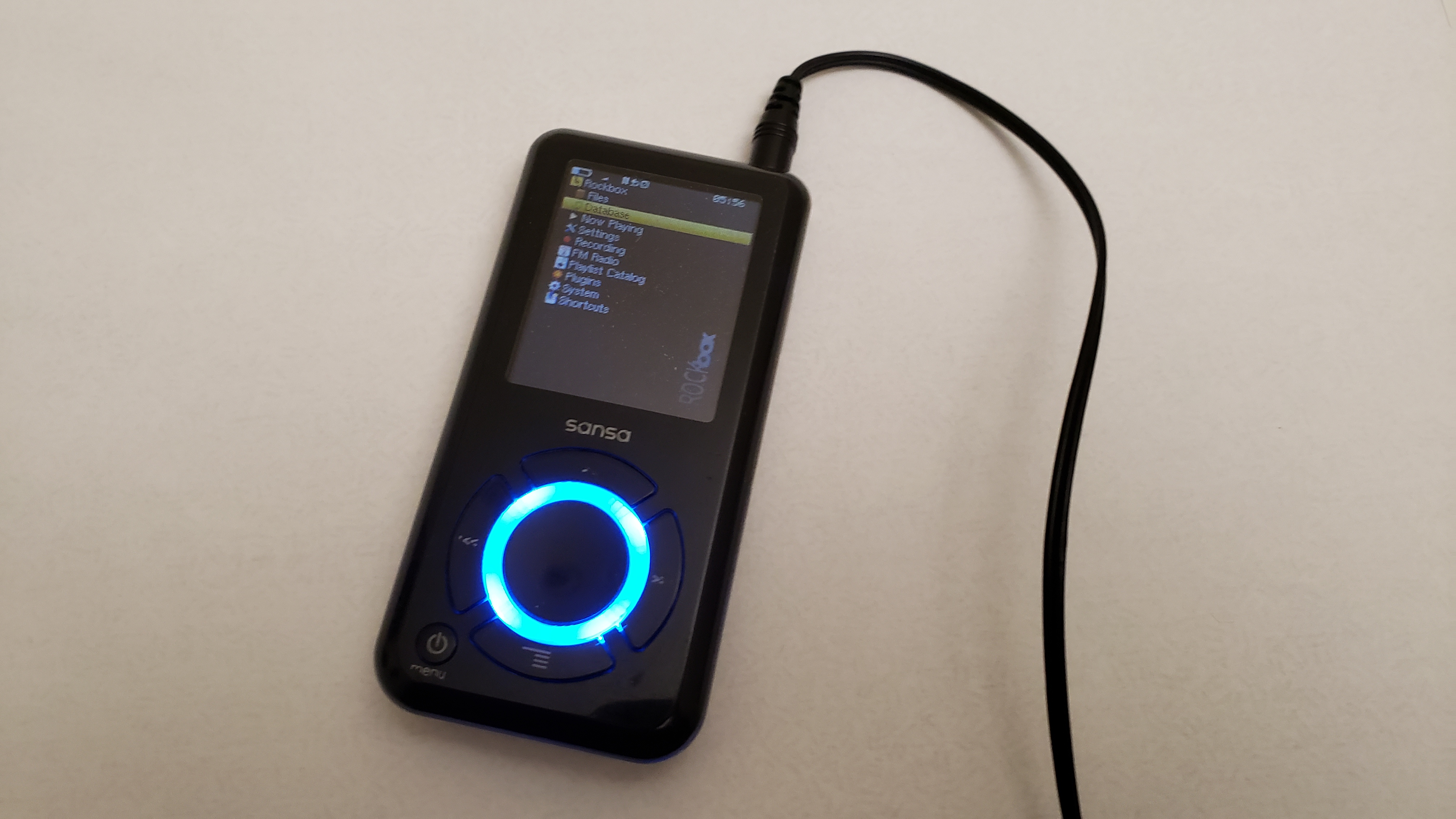Why I (Still) Use a Portable Music Player

I still use a portable music player (sometimes called an “MP3 player”) to listen to my music.
Before I had a cell phone, one of the first electronic devices that I personally owned was a portable music player. It was a convenient way to listen to music, and it would be years before I got a smartphone that could actually play my personal music library.
Even as smartphones and music streaming have become commonplace, I’m still holding on to my portable music player. Part of the reason is just habit, but there are other reasons as well.
The first and simplest reason is that a lot of the musicians I listen to aren’t on streaming services. While it’s gotten a lot easier to get music onto streaming services, it still costs some time and money. Not everyone is interested in spending that, especially if they aren’t making a living off their music. I sometimes find music from people who aren’t “musicians” in the usual sense but just posted a single song online for fun, for example.
The second reason has to do with preservation. Music is often tied to memories for me, whether it represents a specific occasion or a broader part of my life, so it’s important to hold on to it. Streaming services make that difficult because listening depends on the streaming service continuing to make the music available, which is not guaranteed. Licensing deals don’t get renewed, artists switch to competing services, or maybe the service shuts down entirely. If any of those things happen, the music is gone. When I download music to my portable music player, I can rest assured knowing that I can still listen to it even if something happens to the place where I got it from. (Of course, I could lose my player, but that’s what backups are for.)
My portable music players have all been part of SanDisk’s line of players (formerly branded “Sansa”). They’re good quality, they’re readily available in stores, and many of them run Rockbox. Rockbox is a free and open-source firmware that replaces the built-in firmware to provide additional features, including customization, support for more file formats, and even Doom (not a joke!). For me, Rockbox’s “killer feature” is the ability to create and manage playlists directly on the device. A lot of these players force you to create playlists on a computer first and then transfer them to the player, but with Rockbox I can add a song I’m listening to into a playlist with a few button presses.
The future of my portable music players with Rockbox is uncertain though. The latest SanDisk players don’t run Rockbox, and it’s unlikely they ever will: As one member of the Rockbox forums put it, portable music players “seem to be doing some sort of reverse-Moore’s-law thing,” that is, getting less processing power and capability as time goes on. I previously had a Sansa Clip Zip, which happened to be the last model that ran Rockbox, and when lost it I actually had to replace it with an older model, a refurbished Sansa e270. Something is going to happen to this player at some point, so I certainly hope I can still find previous models for sale that can run Rockbox. Or maybe I can finally take the time to switch to listening to music on my phone, who knows.